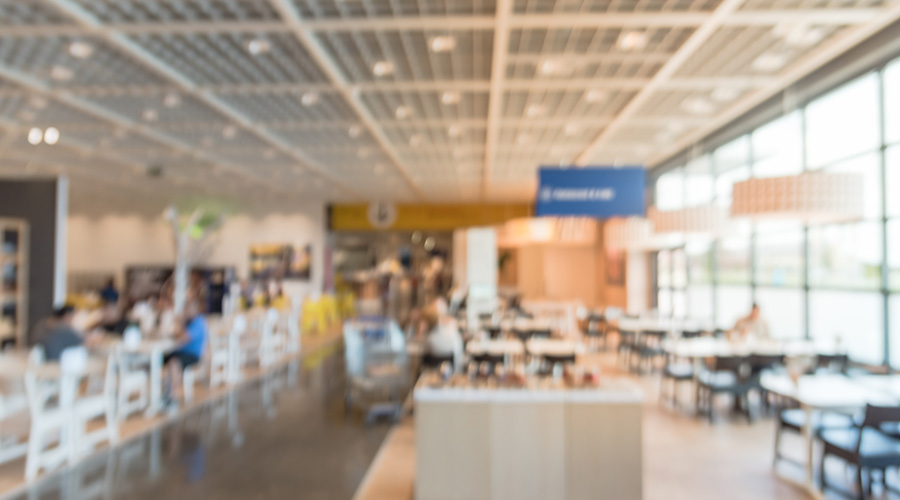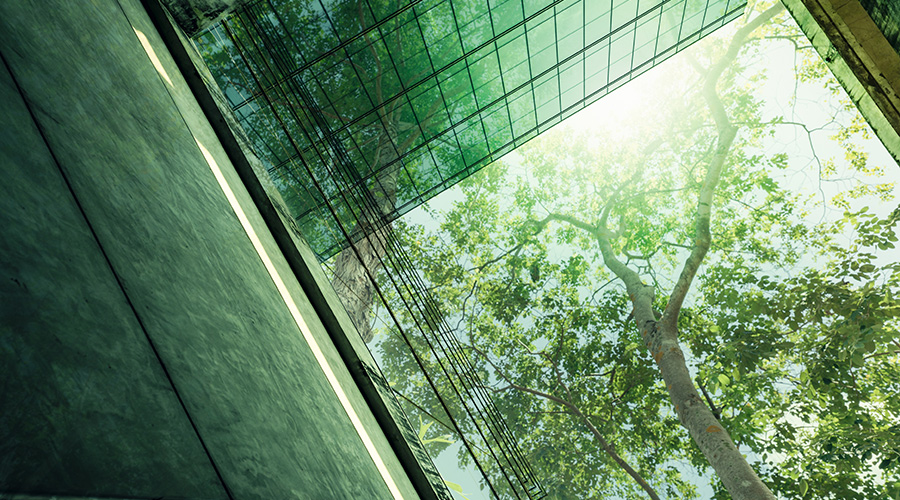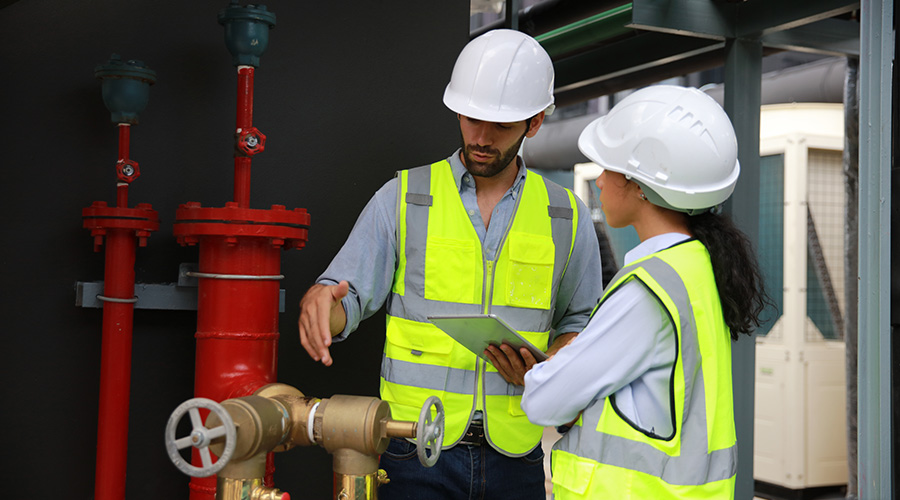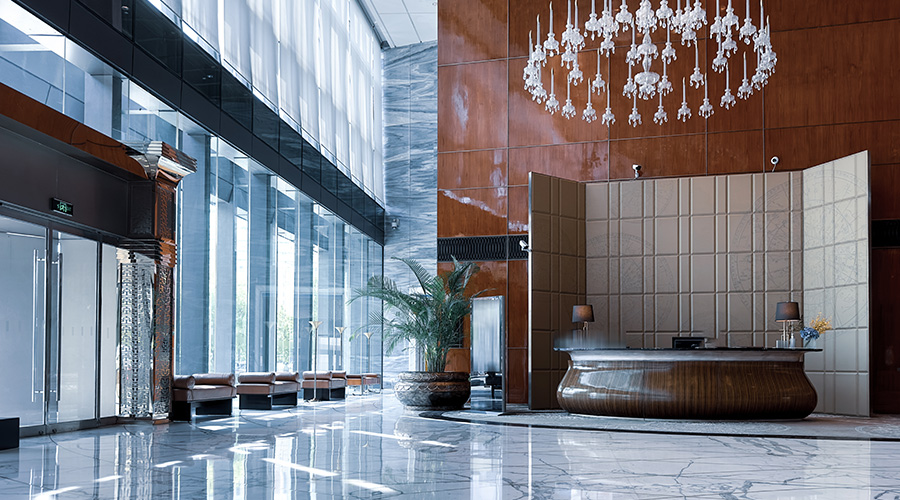
Report Shows Workplace Cafeterias Losing Relevance
Rising operating costs, lack of healthy and variety of meals among reasons cafeterias are falling behind in popularity with employees. August 16, 2024
By Dave Lubach, Executive Editor
Bonding over food is a tradition as old as time for people – whether it’s trying new restaurants, getting together for cookouts or sharing recipes.
It continues in the workplace for snacks in the lunchroom to celebrate birthdays, retirements, or any other milestones. In larger institutional and commercial facilities, many co-workers spend their lunch breaks dining in the organization's cafeteria through meals prepared by a staff hired to serve the company’s employees.
That tradition in its current setup, according to one recent report, is fading as workplace trends continue to evolve.
Recurring meal program provider ezCater released a report that shows that the soaring costs of operating a workplace cafeteria – at bigger facilities in excess of $1 million annually – are forcing building owners and facility managers to rethink the strategy.
The data from interviews with more than 1,200 cafeteria decision makers and employees revealed:
The corporate cafeteria model is broken.
- Traditional corporate cafeterias face significant challenges due to hybrid work models, high operational costs, and fixed overhead.
- 61 percent of decision-makers in hybrid workplaces find the schedule challenging for operating a corporate cafeteria, with 50 percent concerned about food waste due to fluctuating headcounts.
- 80 percent of cafeteria decision-makers manage spaces of at least 5,000 square feet, with 40 percent spending over $1 million annually on maintenance and operations.
Employees seek more variety and better dining options.
- Employees cite lack of variety, limited hours, expense, a lack of healthy options, and long wait times as major drawbacks of corporate cafeterias.
- 70 percent of employees prefer food from local restaurants delivered to their worksite over workplace cafeteria food.
- 50 percent of employees regularly order takeout or delivery despite having a cafeteria.
Workplaces will move away from traditional cafeterias towards more scalable and flexible food solutions.
- 26 percent of decision makers believe corporate cafeterias will be decommissioned in favor of alternative solutions.
- 62 percent of decision-makers believe flexible employee food options should replace traditional cafeterias, with procurement professionals 55 percent more likely to prefer this replacement.
- 91 percent of decision-makers think a scalable, recurring employee meal program would benefit their workplaces.
Dave Lubach is executive editor for the facilities market.
Next
Read next on FacilitiesNet












